State Performance Plan 2005-2012 - Part B - Arkansas Department Of Education Page 175
ADVERTISEMENT
 1
1  2
2  3
3  4
4  5
5  6
6  7
7  8
8  9
9  10
10  11
11  12
12  13
13  14
14  15
15  16
16  17
17  18
18  19
19  20
20  21
21  22
22  23
23  24
24  25
25  26
26  27
27  28
28  29
29  30
30  31
31  32
32  33
33  34
34  35
35  36
36  37
37  38
38  39
39  40
40  41
41  42
42  43
43  44
44  45
45  46
46  47
47  48
48  49
49  50
50  51
51  52
52  53
53  54
54  55
55  56
56  57
57  58
58  59
59  60
60  61
61  62
62  63
63  64
64  65
65  66
66  67
67  68
68  69
69  70
70  71
71  72
72  73
73  74
74  75
75  76
76  77
77  78
78  79
79  80
80  81
81  82
82  83
83  84
84  85
85  86
86  87
87  88
88  89
89  90
90  91
91  92
92  93
93  94
94  95
95  96
96  97
97  98
98  99
99  100
100  101
101  102
102  103
103  104
104  105
105  106
106  107
107  108
108  109
109  110
110  111
111  112
112  113
113  114
114  115
115  116
116  117
117  118
118  119
119  120
120  121
121  122
122  123
123  124
124  125
125  126
126  127
127  128
128  129
129  130
130  131
131  132
132  133
133  134
134  135
135  136
136  137
137  138
138  139
139  140
140  141
141  142
142  143
143  144
144  145
145  146
146  147
147  148
148  149
149  150
150  151
151  152
152  153
153  154
154  155
155 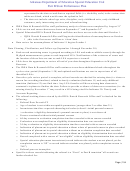 156
156  157
157 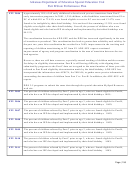 158
158  159
159  160
160  161
161  162
162  163
163 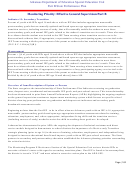 164
164  165
165  166
166  167
167  168
168 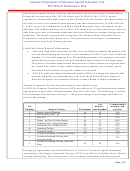 169
169  170
170  171
171  172
172  173
173  174
174 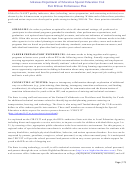 175
175  176
176 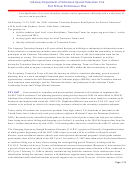 177
177  178
178 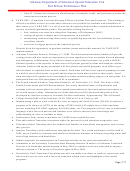 179
179  180
180  181
181  182
182  183
183  184
184 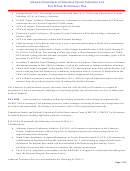 185
185  186
186  187
187  188
188  189
189  190
190  191
191  192
192 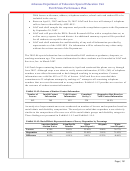 193
193  194
194  195
195 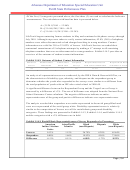 196
196  197
197 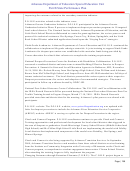 198
198  199
199  200
200  201
201  202
202  203
203  204
204 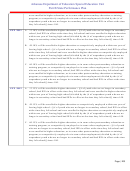 205
205  206
206  207
207  208
208  209
209  210
210  211
211 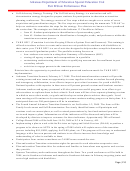 212
212  213
213  214
214  215
215  216
216  217
217  218
218  219
219 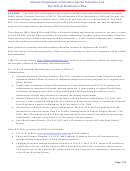 220
220  221
221  222
222  223
223  224
224  225
225 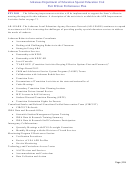 226
226  227
227  228
228 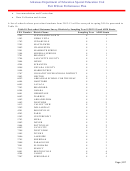 229
229  230
230  231
231  232
232  233
233  234
234  235
235  236
236  237
237  238
238  239
239 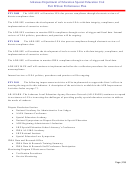 240
240 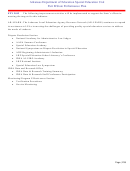 241
241 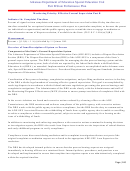 242
242  243
243  244
244  245
245  246
246  247
247  248
248 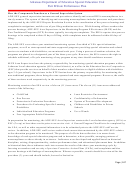 249
249  250
250  251
251  252
252  253
253  254
254  255
255 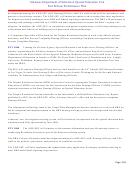 256
256  257
257  258
258  259
259  260
260  261
261 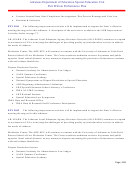 262
262  263
263  264
264 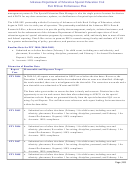 265
265  266
266  267
267  268
268  269
269  270
270  271
271  272
272 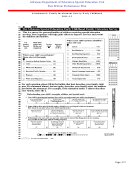 273
273  274
274 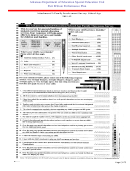 275
275  276
276 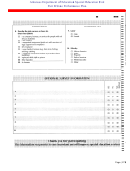 277
277 Arkansas Department of Education Special Education Unit
Part B State Performance Plan
Of the five NASET quality indicators, three (schooling, career preparation, and connecting activities) were
chosen by the Arkansas team as priorities for comprehensive planning. Within each of these three priorities,
goals and action steps were developed to guide strategies during 2005-06. The three priorities identified
are:
SCHOOLING: In order to perform at optimal levels in all educational settings, all youth need to
participate in educational programs grounded in standards, clear performance expectations, and
graduation exit options based upon meaningful, accurate, and relevant indicators of student learning and
skills. Often this occurs without the input from agencies outside of education. Arkansas needs to include
other agencies in its school planning to ensure the educational process provides; career and technical
programs that are based on professional and industry standards; common performance measures; and
individualized transition plans that lead to positive post-school outcomes.
CAREER PREPARATORY EXPERIENCES : Arkansas needs to bring together multi-agency
programs to better serve youth with an IEP in the following areas: finding, formally requesting and
securing appropriate supports and reasonable accommodations in education, training and employment
settings; career assessments to help identify students’ school and post-school preferences and interests;
structured exposure to post-secondary educational and other life-long learning opportunities; exposure to
career opportunity requirements including information about entry requirements, educational
requirements, income and benefits potential and asset accumulation; and, improved job-seeking skills
and basic work-place skills.
CONNECTING ACTIVITIES: Improve interagency collaboration through: exploration of additional
ways to collaborate (e.g., joint training, data sharing, interagency transition conferences, and funding
coordination); development of a comprehensive plan for communication and the dissemination of
transition information for youth with an IEP; and expansion of training and technical assistance.
The State is using staff and resources of the National Collaborative on Workforce and Disability for Youth
for additional technical assistance related to identifying needed planning partners centering on
transportation, housing, and technology. The State is also using staff funded through Title VI-B set-aside
dollars to offer student-specific interventions. These staff members are accessed through the Special
Education website request for services process known as “CIRCUIT”
( ).
As explained on the CIRCUIT web page, the IDEA authorizes State activities to Local Education Agencies,
including direct and supportive service activities, to improve results for children with disabilities, ages 3 to
21, by ensuring a free, appropriate public education in the least restrictive environment. For this purpose, a
regional cadre of special education consultants is available who can assist in interventions for students with
sensory disabilities, multiple physical disabilities, behavior, and autism spectrum disorders. Services can be
requested by parents, guardians, caregivers, school personnel, or any other concerned party. It is anticipated
that CIRCUIT will provide school personnel and parents with an easy access process to obtain support for
youth with IEPs at risk of dropping out.
The State is using technology, as well, to offer technical assistance resources to students, school personnel,
and parents through the new website ( ). This
web resource offers Arkansas-specific information on college, employment, community resources, and self-
Page | 173
ADVERTISEMENT
0 votes
Related Articles
Related forms
Related Categories
Parent category: Legal









